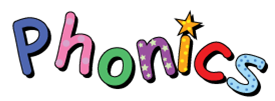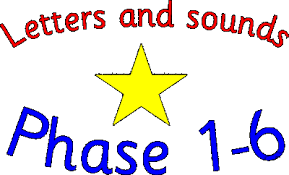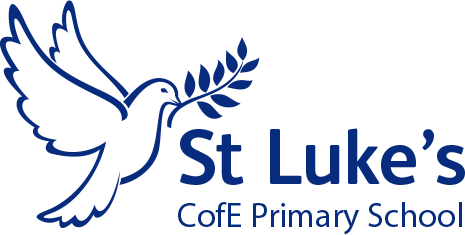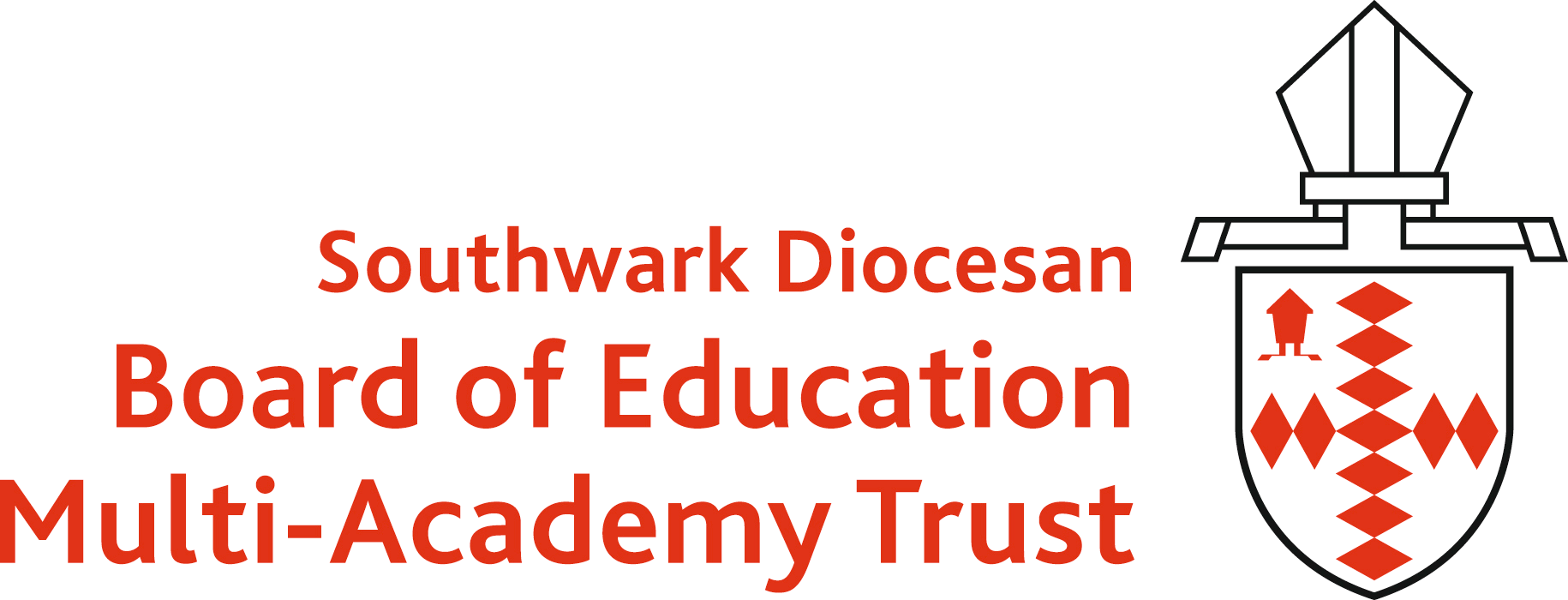Curriculum Overview - Year 2
The following document is to provide you with an overview of the year. It is difficult to outline every area in detail and, if there are areas you wish to explore further, please contact your child's teacher.
Curriculum in depth
English View
Mathematics View
Art & Design View
Computing View
Design & Technology View
History View
Music View
Physical Education View
Religious Education
Religious Education is provided in accordance with the Diocesan programme of study as directed by the Southwark Diocesan Board of Education (SDBE)

What is Phonics?
Phonics is the method of teaching we use in school to help children learn how to read and write.
It's all about sounds. There are 44 sounds in the English language, which we put together to form words. Some are represented by one letter, like 't', and some by two or more, like 'ck' in duck and 'air' in chair.
Children are taught the sounds first, then how to match them to letters, and finally how to use the letter sounds for reading and spelling.
Synthetic phonics refers to 'synthesising', or blending, the sounds to read words. It's based on the idea that children should sound out unknown words and not rely on their context.
At St Luke's, we use the ‘Letters and Sounds' Phonics scheme to introduce the letters alongside the ‘Letters and  Sounds’ document. Letters and Sound is taught in Phases from Reception to Year Two. We use a range of teaching and learning experiences when teaching phonics to ensure a multi-sensory approach.
Sounds’ document. Letters and Sound is taught in Phases from Reception to Year Two. We use a range of teaching and learning experiences when teaching phonics to ensure a multi-sensory approach.
Phase 1
This phase largely falls within the areas of ‘Communication’ and ‘Language and Literacy’ in the Early Years Foundation Stage. The focus is on high quality play activities that provide children with the opportunity to enrich their language across all areas of the curriculum. This phase looks at environmental sounds, instrumental sounds, body percussion, rhyme and rhythm, songs, alliteration, voice and oral blending and segmenting (children need to ‘hear’ the sounds before they can read and spell words).
Phase 2
This phase is introduced in Reception and the children will be taught 23 letter sounds. They will move on from oral blending and segmenting (hearing the sounds) to reading and spelling words. The children will be taught how to read and write simple captions and will also be introduced to some high frequency words.
Phase 3
This phase is also looked at in Reception and the children learn the remaining single letter sounds. They then progress to sounds comprising of 2 letters (for example ch, sh, ai, or). By the end of this phase children should be confident when reading and spelling words. Children will also be practising reading and writing captions, as well as continuing to learn some more high frequency words.
Phase 4
By the time that children progress to Phase 4, they will be confident when reading and writing words containing all of the sounds that they have already learnt. This phase focuses on practising reading and writing words with initial and final blends (e.g. pl, br and mp, nk). They will also practise reading and writing sentences and captions containing previously learned sounds and initial and final blends. This phase is looked at in Reception and Year One.
Phase 5
Children work on Phase 5 throughout Year 1. By the end of this phase, children will be confident when reading and writing words containing initial and final blends. The purpose of this phase is to teach children new graphemes and alternative pronunciations for graphemes that they already know, for example ‘ow’ as in grow and ‘ow’ as in ‘cow’. The children will continue to practise reading and writing sentences containing graphemes already learnt, as well as the new graphemes that they are taught. The children will also be taught alternative pronunciations for graphemes that they already know (for example, cat,cent and got, giant). Again there will be High Frequency words to be learnt.
Phase 6
Children work on Phase 6 in Year 2. At the beginning of this phase, children should know most of the common graphemes and will be increasing in confidence when reading and spelling words containing these. At this stage many children will be confident when reading longer texts and the focus moves towards reading for information and enjoyment. During this phase, children will be introduced to suffixes (e.g. es, ed, ing, ful,), prefixes and common spelling patterns. They will learn about the past and present tense.




